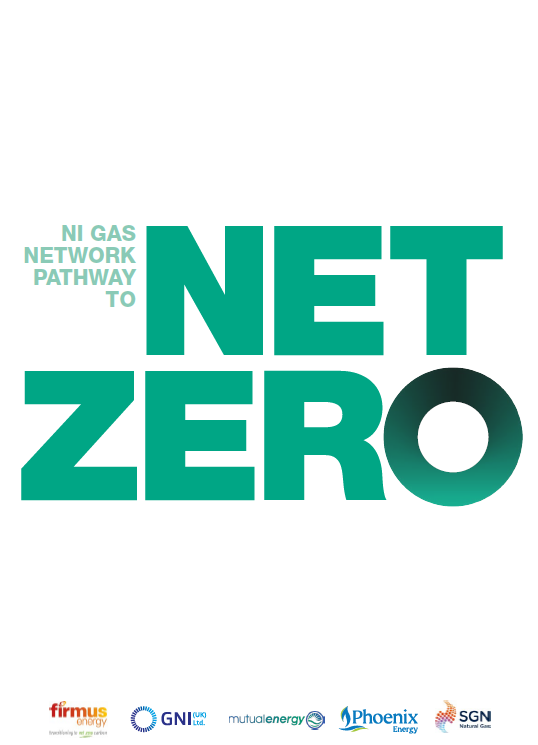Northern Ireland’s five Gas Network Operators have launched their joint plan to fully decarbonise the region’s gas network by 2050.
The Pathway to Net-Zero charts out how the gas network will transition away from natural gas to renewable alternatives such as Biomethane and Hydrogen to support Northern Ireland’s emission targets.
The Pathway to Net-Zero consists of six distinct stages. At each stage, the pathway sets out – at a high level – the expected key developments, the necessary infrastructure requirements and the supporting actions required for the Pathway to succeed.
1. Preparing for the transition (2022-2025) – Strategic planning with an emphasis on regulatory frameworks, research, and consumer stakeholder engagement.
2. First Renewable Gas Connections (2022-2026) – Establishing biomethane and green hydrogen production to facilitate the injection of renewable gas into the network; specific trial projects to confirm delivery.
3. Establishing Supply and Demand (2026-2030) – First hydrogen & biomethane demand clusters emerge as production levels steadily climb. Improved hydrogen and biomethane availability allows other sources of demand – transport, industry, power generation – to begin transitioning to renewable gases.
